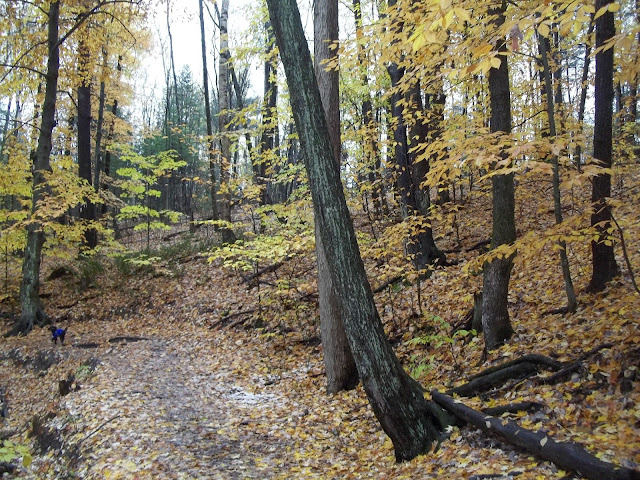Battling the Extinction of the Ash Tree
"We're hoping to raise about 10,000 [wasps] for this summer. That will be enough to do five or six more sites across Ontario and Quebec."
"[The Tetrastichus planipennisi wasps represent a] bio-control [program operating in a laboratory, the only] large-scale attempt to manage the emerald ash borer."
"The wasps will eat and kill the larvae and then you get more wasps coming out instead of the emerald ash borer. Over time the wasp population builds up and we hope that they'll help kill a fair number of emerald ash borers out there."
"The spread is a major concern. We're finding that 99 percent of ash trees are killed within five to seven years of emerald ash borer getting into an area and causing extensive mortality."
Krista Ryall, lead researcher, Natural Resources Canada
The emerald ash borer is a beetle originating in Asia. Like all foreign-origined flora and fauna once they are removed from their native environment they thrive because their natural predators are absent from the new environment, and they become a threat to native species. These foreign invaders often arrive along with shipments of goods by sea. Sometimes they are deliberately introduced for one reason or another; seen as a solution to a local problem, but they rarely turn out to solve anything. Instead, they become giant headaches as they run riot in a new environment that they have successfully adapted to.
The beetles were first noticed in 2002 in Michigan, and they have steadily moved on to colonize larger areas, ranging across the United States and Canada. The United States Forest Service in Brighton, Michigan discovered that the Tetrastichus planipennisi wasp was a natural predator for the beetles, imported them from Asia and began raising them and releasing them in forested areas in hopes of saving some of the ash trees that haven't yet been impacted. But the beetle has cut a wide swath in North American forests, destroying native ash trees, leaving forests bare of their presence.
Much has happened with trees native to North America; in the 1950s with the American Chestnut, a giant species of chestnut that dominated forests and was struck with a blight that eventually wiped out those forest giants, taking species of insects out of circulation that depended on the chestnut as well. There was a wide-spread effort to save the Elm trees when Dutch Elm disease struck with catastrophic consequences, and later Spruce Budworm, hitting the forests, destroying indigenous stands of spruce. The die-off of ash is simply the latest phenemenon to strike another valued tree species.
Millions of ash trees have died across Canada and the United States thanks to the deadly march of the emerald ash borer. Natural Resources Canada has been importing the wasps that lay their eggs on the larvae of the borer from its American counterpart federal forest service to release them in stages in Quebec and Ontario. The female wasp finds trees that have been infested with the emerald ash borer larvae and lays fifty to sixty eggs on the larvae so that when the larvae of the wasps appear, they feed on the emerald ash borer larvae.
When the wasps mature they fly out and about and and their natural cycle commences; they breed, they lay eggs and then they die a month after taking flight, with the cycle repeating itself several rounds throughout the summer months. The assurance is that the wasps, also native to China, will have no deleterious effect on other organisms, according to American research. Windsor, Ontario was the first site where the emerald ash borer was seen in Canada in 2002, and it continued to move on, reaching Toronto by 2007.
The beetle spread relentlessly, reaching western Quebec in 2008, and finally Montreal by 2011. It has even been seen in Thunder Bay, in northern Ontario. Now that Natural Resources Canada has initiated its own wasp breeding program, about 60,000 wasps have been released to target the emerald ash borer, and the hope is that what is left of the ash trees may yet be saved, even while botanists attempt to breed ash trees that will be resistant to the borer.
Labels: Canada, Environment, Forests, Nature, Predation, United States





0 Comments:
Post a Comment
<< Home